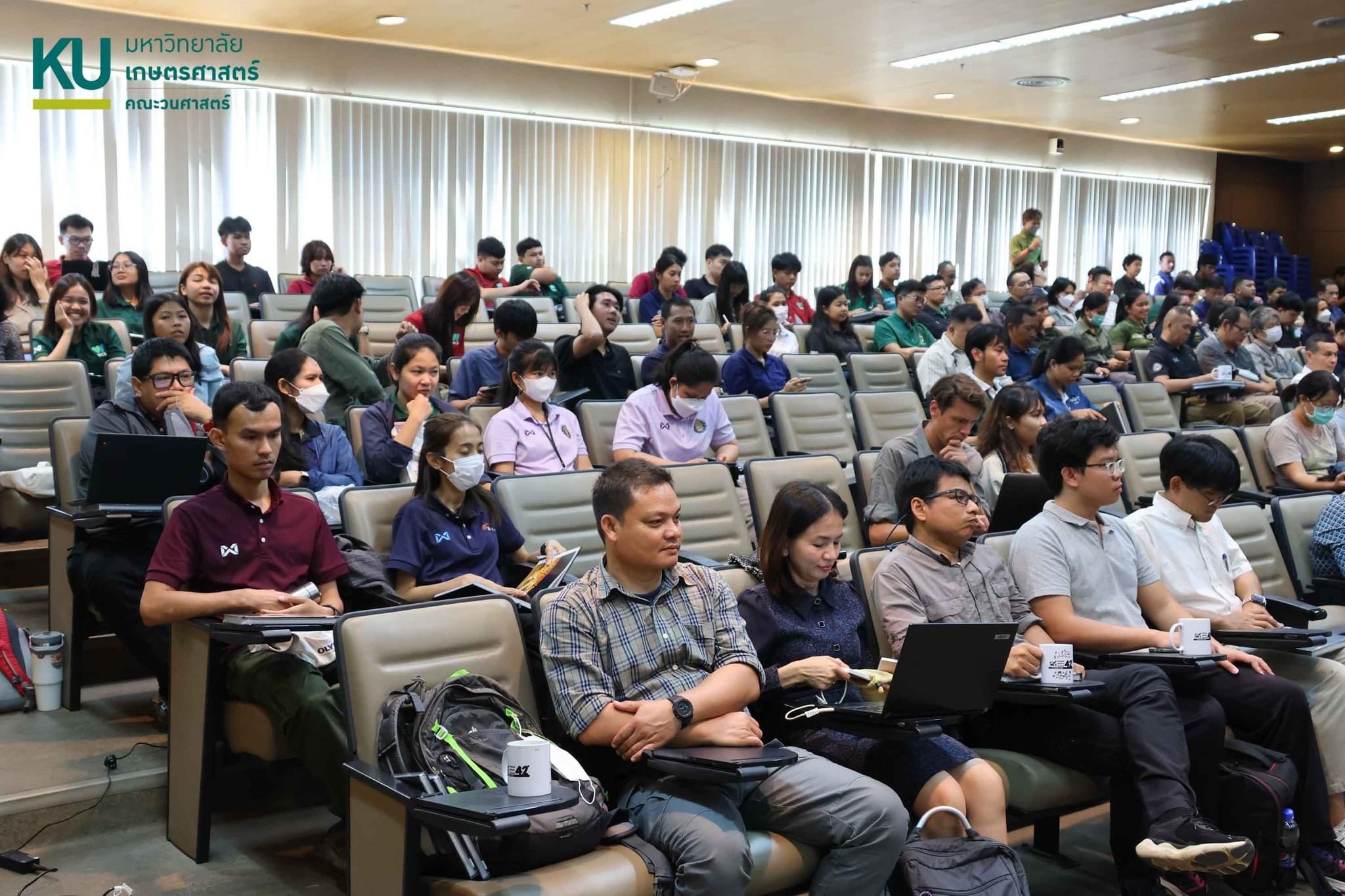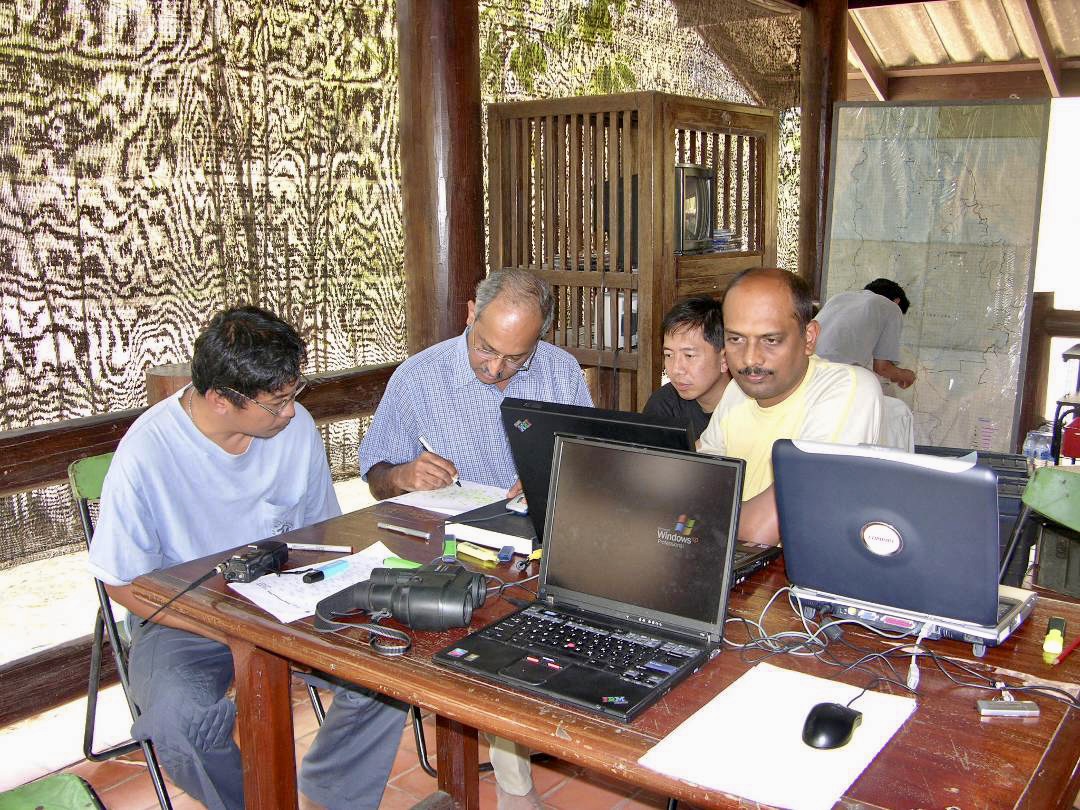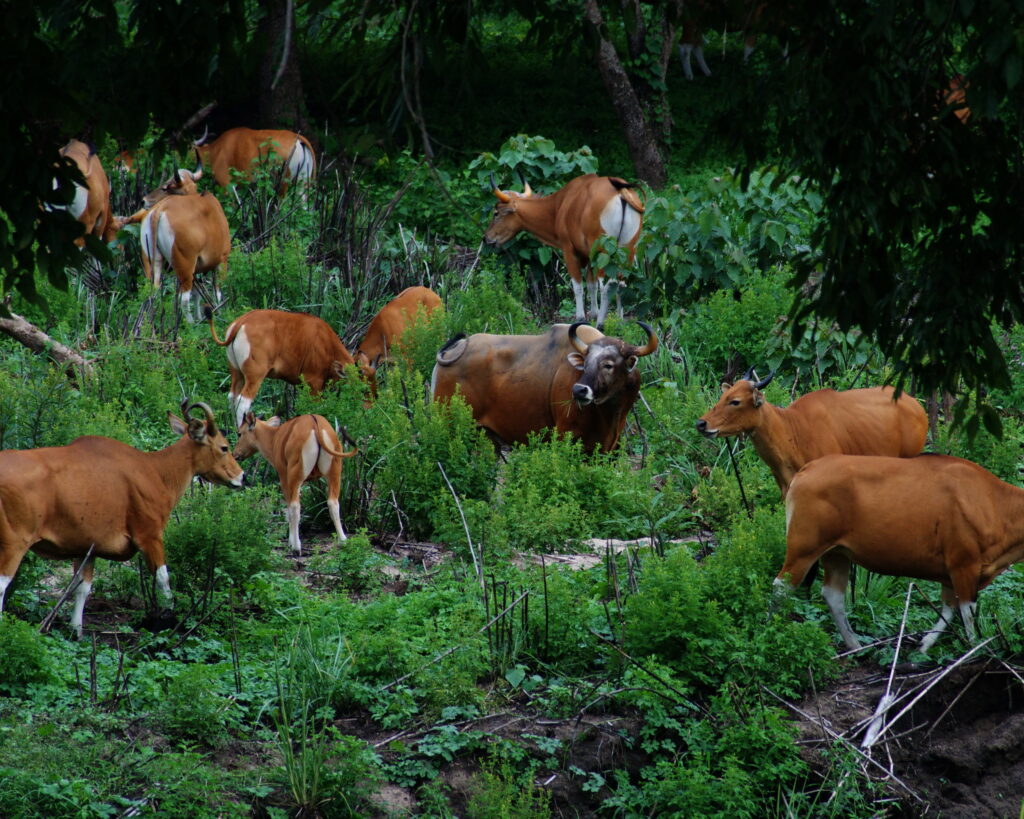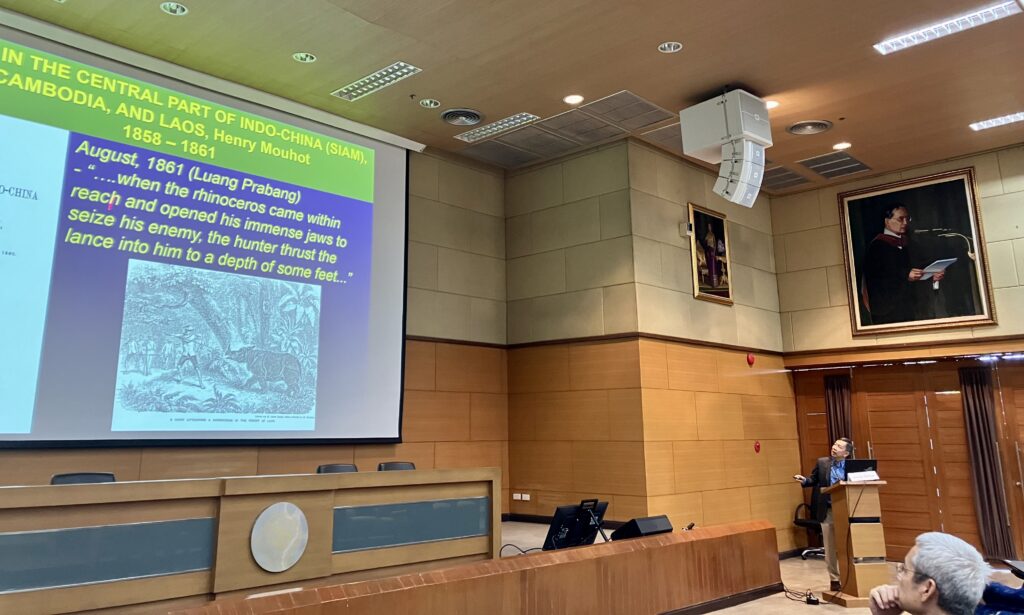Leading conservationists and wildlife experts are gathering to address the success and challenges of the country’s wildlife conservation at the two-day annual wildlife seminar held by KU’s Forestry Faculty. They are challenged by the noted wildlife conservationist, Dr. Anak Pattanavibool, to work harder to keep their work on par
Success in conservation work with years-long dedication is just temporary and conservationists need to continue their hard work and form networks to maintain success, the emeritus wildlife conservation lecturer reminded conservationists attending the 42nd Thailand Wildlife Seminar being held today by KU’s Faculty of Forestry.
The seminar is the country’s high-profile academic discussion on wildlife conservation, which has been held since 1980 to keep the public updated about the country’s wildlife conservation status and the challenges beyond. Under this year’s theme, “Work together, Step further, Make conservation stronger”, a wide range of topics on Thailand’s key species ranging from tiger conservation to Human-Elephant Conflict and the recently emerging issue of the Red-whiskered Bulbul bird will be discussed by leading wildlife researchers and experts and conservationists.
Dr. Anak Pattanavibool, who has recently been honoured by the faculty with an Honorable Doctoral Degree and is now its emeritus lecturer, shared the lesson learned through his conservation work over 30 years during the morning’s special lecture, “Thailand’s Wildlife Conservation and Management and the Future; Looking through 60 Years of Conservation Efforts and Success”.
Citing the famous statement by the world’s noted conservationist, Dr. Anak, also former Country Director of Wildlife Conservation Society Thailand Program and a member of national committees and sub-committees on wildlife conservation, natural World Heritage Sites, and others, summed up the situation; “In conservation, the victory (success) is just temporary but the defeat is permanent,” suggesting how susceptible the work is to challenges, which keep emerging from time to time.


l Courtesy of Faculty of Forestry, KU
Over the past 60 years since the country had its first wildlife conservation act in 1960, its wildlife and conservation work have gone through both success and struggles. The emeritus lecturer said before 1960, extensive wildlife poaching was undertaken in Thailand and the region by both amateur and professional poachers and recorded by noted explorers including French Henri Mouhot.
Things slightly improved when the country enacted the new law, and protected areas were extensively declared, accounting for over 17% of the country’s total area at that time by the hard work of the Royal Forestry Department’s chiefs, especially Mr. Phong Leng-e, and Mr. Pairoj Suwannakorn.
Despite the law being enacted, challenges kept emerging during their terms including the high-profile wildlife poaching by senior military officers in Thung Yai West that led to a major protest by university students. It eventually intensified and turned into one of the country’s political turmoils in 1973.
This continued even during the term of the department’s noted wildlife conservation official, Seub Nakhasathien, who took the leadership at Huai Kha Khaeng Wildlife Sanctuary before succumbing to pressure and killing himself subsequently in late 1991, prompting wear-out conservation work to be ignited countrywide.
It was not until 1997 and years later that the work got serious attention and extensive conservation efforts were introduced again along with the new concept of “Living Landscape” in WEFCOM by Dr. Anak and his colleagues. In consultation with the world’s noted tiger experts including Dr. Ullas Karanth of WCS (Wildlife Conservation Society), the forestry-official-turned-CSO leader introduced the tiger as a flagship “Landscape” species of the WEFCOM to be used as an indicator for the success of forest and wildlife protection there.
The new systematic forest patrolling known later as SMART Patrol was developed and introduced to suppress wildlife threats by the team, prompting the recovery of the tiger population and its prey in the area. The work has since been expanded to other protected areas and adopted by concerned departments including the National Parks Department (DNP).



l Dr. Anak and the foreign experts during their years of development of the SMART Patrol system, under which thousands of forest rangers have been trained over the years to improve their forest and wildlife protection and crime enforcement. Credit: Dr. Anak Pattanavibool/ WCS Thailand
Even so, Dr. Anak said they faced challenges from time to time, including critical tiger poaching in the mid-2010s. Such challenges continue and these could plunge their years-long efforts and work in one day, he said, reminding the audience of how susceptible the work is.
Aside from poor judgement in management brought by influences and corruption, mega development projects by the state itself can pose a threat to conservation work and efforts, he noted. A notable case in point is the Mea Wong dam in Nakhon Sawan province. More recently, state irrigation officials have been trying to push forward several dam projects in the second Natural World Heritage Site, Dong Phaya Yen-Khao Yai Forest Complex.
“Today, it seems that we have managed to protect our forests and wildlife or we can recover them somehow, but this can suddenly collapse in one day with mega development projects introduced to the areas or corruption among senior management,” said Dr. Anak.
Dr. Anak encouraged conservationists to work harder with more ambitious targets set ahead of their work years. For instance, the country’s tiger experts now have set a new target for the tiger population in Huai Kha Khaeng-Thung Yai, the country’s first World Heritage Site and the heart of WEFCOM at 300, half of the total estimates. The most available figure of the tiger in the area stands around 100, the success following the country’s first tiger plan they developed for 2010-2022.
Their habitats should also be expanded along with those of their prey. After all, the country’s protected areas that could sustain wildlife population account for merely 10% of the country’s total area, he said. For instance, the current tiger habitat accounts for only 3%, and that of its prime prey, Banteng, is 1%, Dr. Anak noted.
“Conservationists do not work for themselves. They keep looking ahead and long-term for the future.
“The fact is not many of us are out there, so we cannot work alone and we need to learn to form networks to support our work at the same time,” reminded Dr. Anak to the audience of the challenges ahead of their 60 years of success and struggles.

Indie • in-depth online news agency
to “bridge the gap” and “connect the dots” with critical and constructive minds on development and environmental policies in Thailand and the Mekong region; to deliver meaningful messages and create the big picture critical to public understanding and decision-making, thus truly being the public’s critical voice


